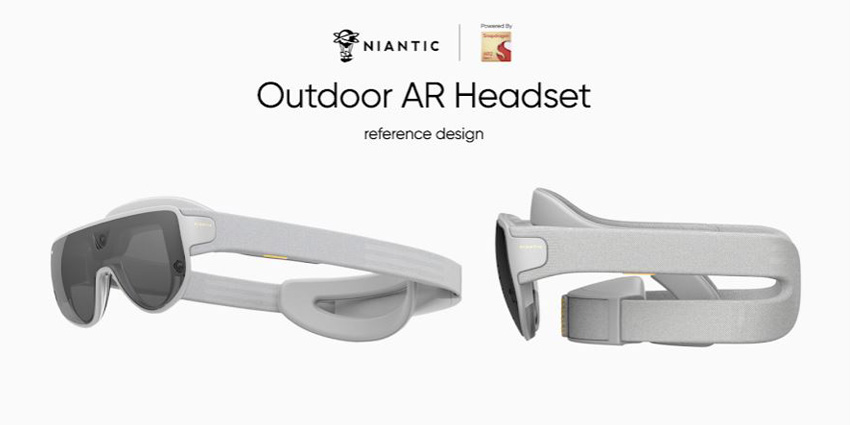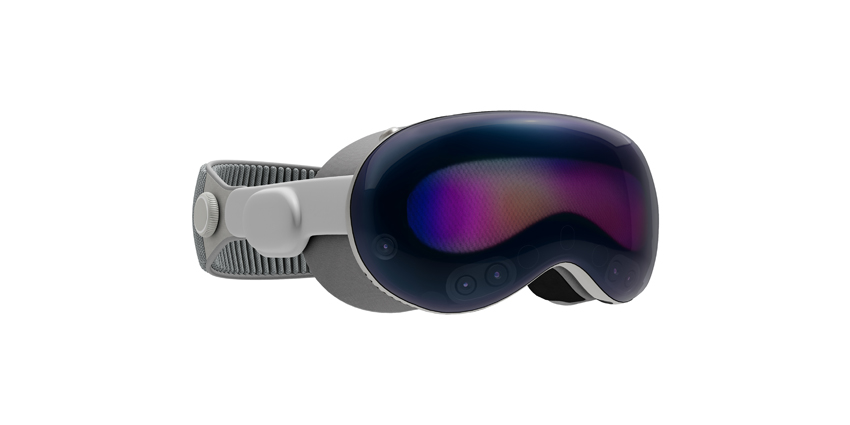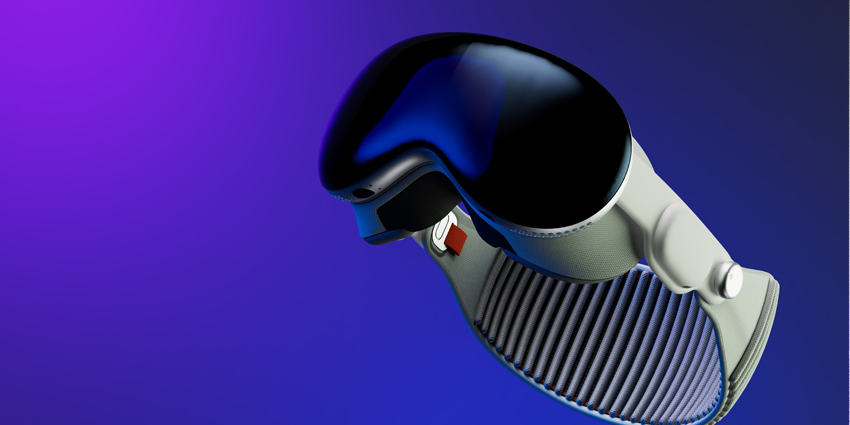Last Wednesday, augmented reality (AR) software studio Niantic partnered with Qualcomm to leverage the latter’s Snapdragon Spaces extended reality (XR) platform for geotagged immersive content and supporting hardware.
The partnership sees Niantic integrate its Lightship Visual Positioning System (VPS) — a service for designing and distributing location-based AR content — into Snapdragon to optimize immersive content distribution. The firm will fully integrate its AR software development kit (SDK) onto Qualcomm Technologies’ Snapdragon Spaces platform in 2023.
The collaboration enables the firms to accelerate and scale outdoor AR content across devices like smartphones and headsets. It also aims to promote outdoor-ready AR headsets, an essential space to enjoy AR content, according to Niantic.
Maryam Sabour, the Head of Business and AR Headsets at Niantic, added,
“The impact of AR on our daily lives is yet to be fully realized and there are many more milestones to come. We’re excited to build its future together”
Niantic’s VPS SDK allows AR content creators to distribute immersive, interactive, and shared visualizations overlaid on a real-world location. The firm first saw success with geotagged content with its massively popular Pokemon: Go smartphone app which introduced AR to consumers at scale.
Developing AR Hardware
Niantic and Qualcomm are also developing a reference design for AR smart glasses purpose-built for outdoor use.
The reference design leverages Qualcomm’s recently announced Snapdragon AR2 chipset. Qualcomm’s product enables a client to design immersive devices based on micro form factor components, which provide greater processing power, cooler operating temperatures, and competitive software integrations.
The conceptual device will integrate Niantic’s product portfolio and AR distribution network to optimize immersive experiences.
AR Content Distribution with Niantic, Qualcomm Snapdragon
Niantic’s famed Lightship ARSDK powers immersive geotagged content. The service powered Niantic’s Pokemon project, and following its success, the firm used Lightship in follow-up applications.
Additionally, in November last year, Niantic released the Lightship ARSDK for third-party developers. The move opened the gates for AR developers designing sophisticated immersive experiences with Niaintic’s solution.
In recent years, Niantic also gained notable capital from a series of investment groups valuing the company at roughly $9 billion in November 2021.
Lightship tools enable users to place AR content in real-world spaces, allowing groups to interact with the immersive assets. The SDK leverages Niantic’s custom AR map of the world to distribute shared content accurately. Additionally, the AR globe tracks core data to optimize distributed content, such as a device’s real-world position, with centimetre-level accuracy.
Moreover, the firm updates its map constantly so that developers, brands, and enterprise clients have a tool to leverage location-based immersive content using its product portfolio.







